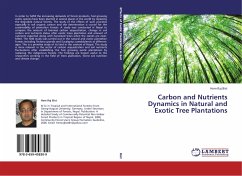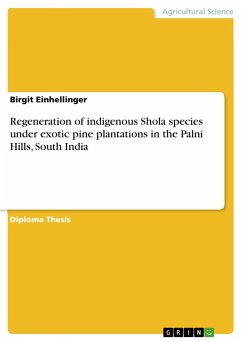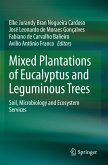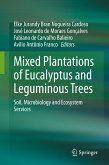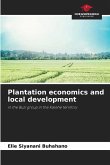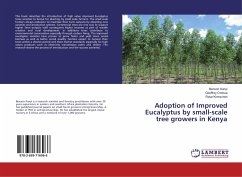In order to fulfill the increasing demands of forest products, fast growing exotic species have been planted in several places in the world by replacing the degraded natural forests. The study of the effects of such practices especially in soil organic carbon and site deterioration is crucial for the sustainability of plantation forests. A study was conducted in Nepal to compare the amount of biomass carbon sequestration, change in soil carbon and nutrients status after exotic trees plantation and amount of nutrients exported along with harvested trees when the stands are clear-felled. The field study was carried out in the natural and exotic plantation forests including Tectona grandis and Eucalyptus camaldulensis at different ages. This is a primitive study of its kind in the context of Nepal. The study is more relevant in the sector of carbon sequestration and soil nutrients fluctuations after establishing the fast growing exotic plantations by replacing the indigenous forests. The findings are hoped useful to the researchers working in the field of trees plantation, forest soil nutrition and climate change.

